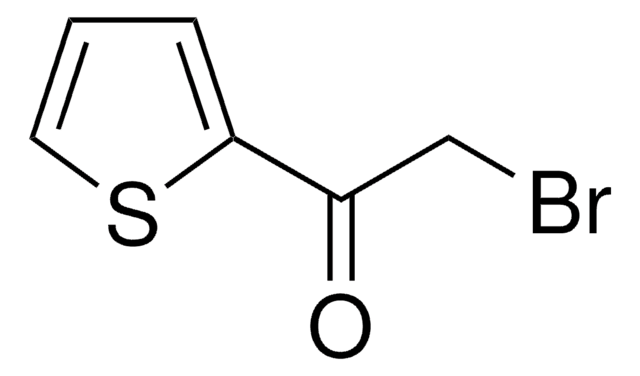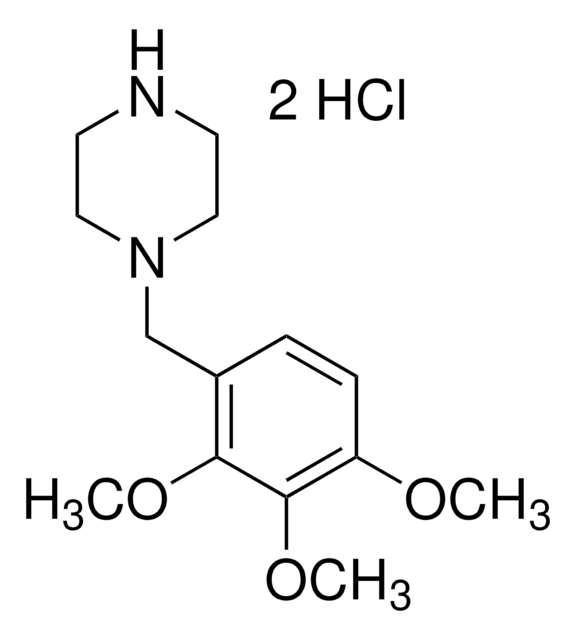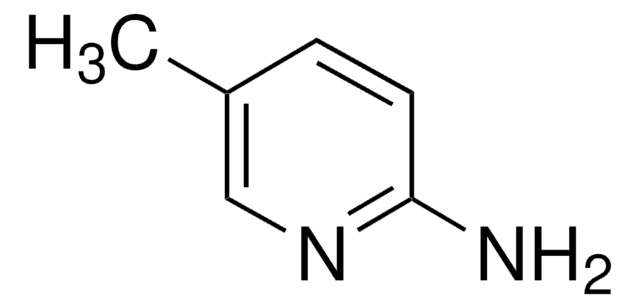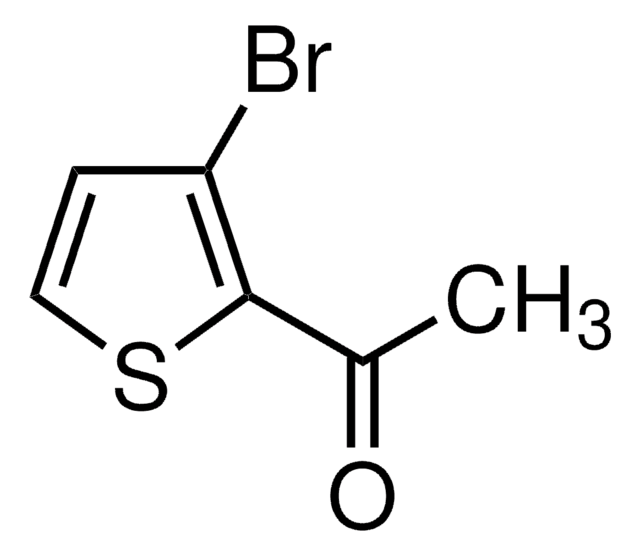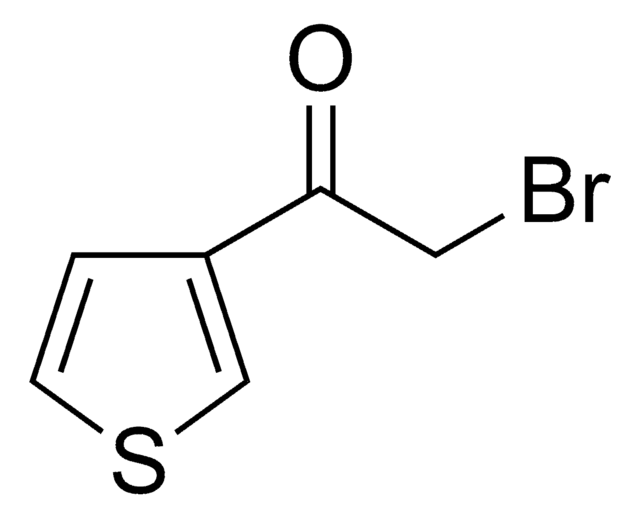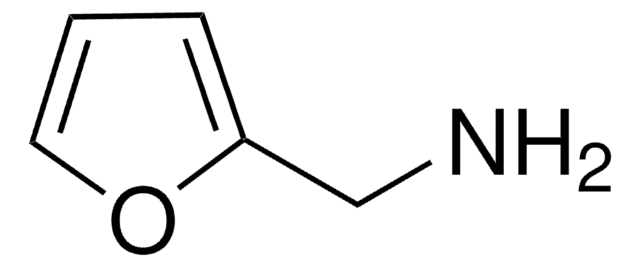653322
1-(2,3,4-Trimethoxybenzyl)piperazine dihydrochloride
97%
Synonym(s):
Trimetazidine dihydrochloride
About This Item
Recommended Products
Quality Level
assay
97%
form
solid
mp
231-235 °C (lit.)
SMILES string
Cl[H].Cl[H].COc1ccc(CN2CCNCC2)c(OC)c1OC
InChI
1S/C14H22N2O3.2ClH/c1-17-12-5-4-11(13(18-2)14(12)19-3)10-16-8-6-15-7-9-16;;/h4-5,15H,6-10H2,1-3H3;2*1H
InChI key
VYFLPFGUVGMBEP-UHFFFAOYSA-N
Looking for similar products? Visit Product Comparison Guide
Related Categories
Application
- Phenylpropyl trimetazidine derivatives with potent cerebral vasodilator activity.
- Benzoylguanidine-trimetazidine derivatives for myocardial ischemic-reperfusion activity studies.
signalword
Warning
hcodes
Hazard Classifications
Acute Tox. 4 Oral - Eye Irrit. 2 - Skin Irrit. 2 - STOT SE 3
target_organs
Respiratory system
Storage Class
11 - Combustible Solids
wgk_germany
WGK 3
ppe
dust mask type N95 (US), Eyeshields, Gloves
Choose from one of the most recent versions:
Already Own This Product?
Find documentation for the products that you have recently purchased in the Document Library.
Our team of scientists has experience in all areas of research including Life Science, Material Science, Chemical Synthesis, Chromatography, Analytical and many others.
Contact Technical Service